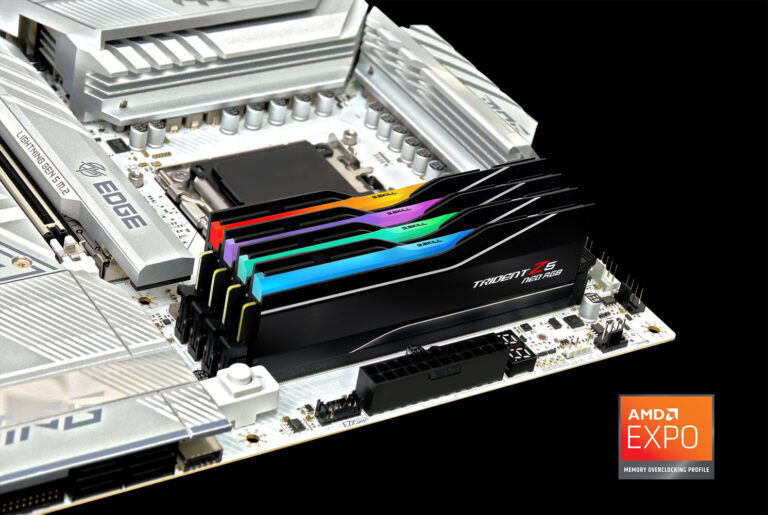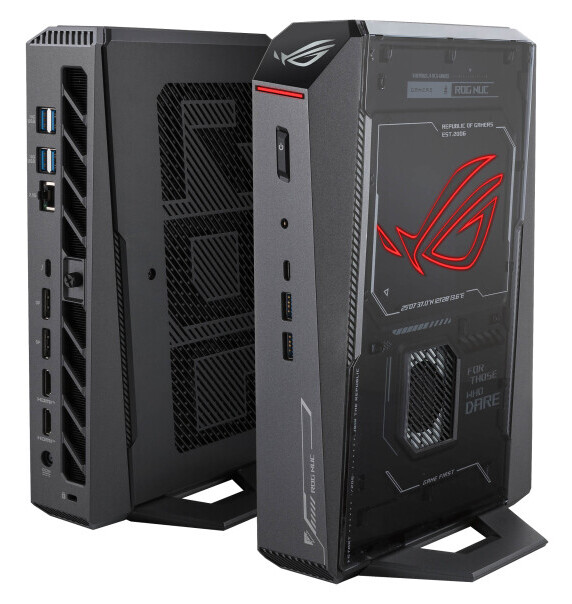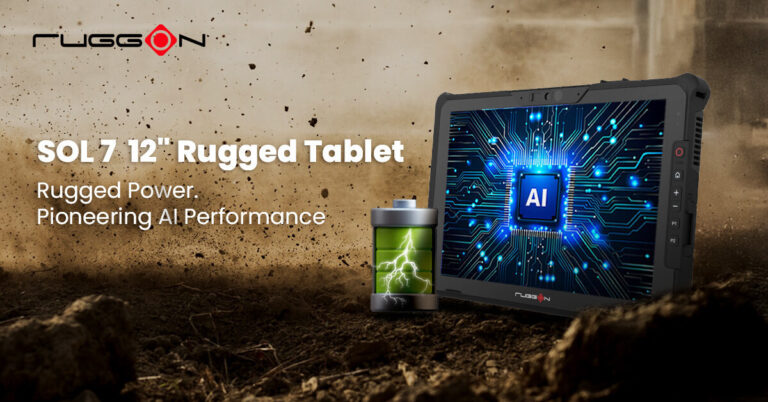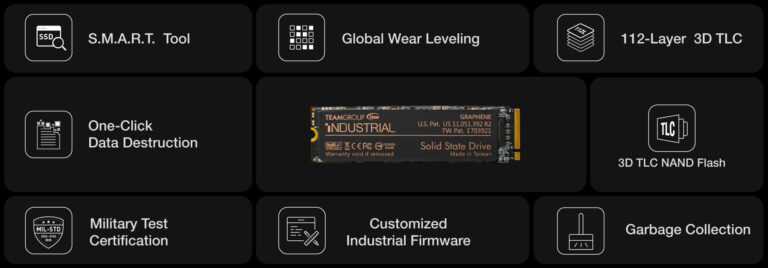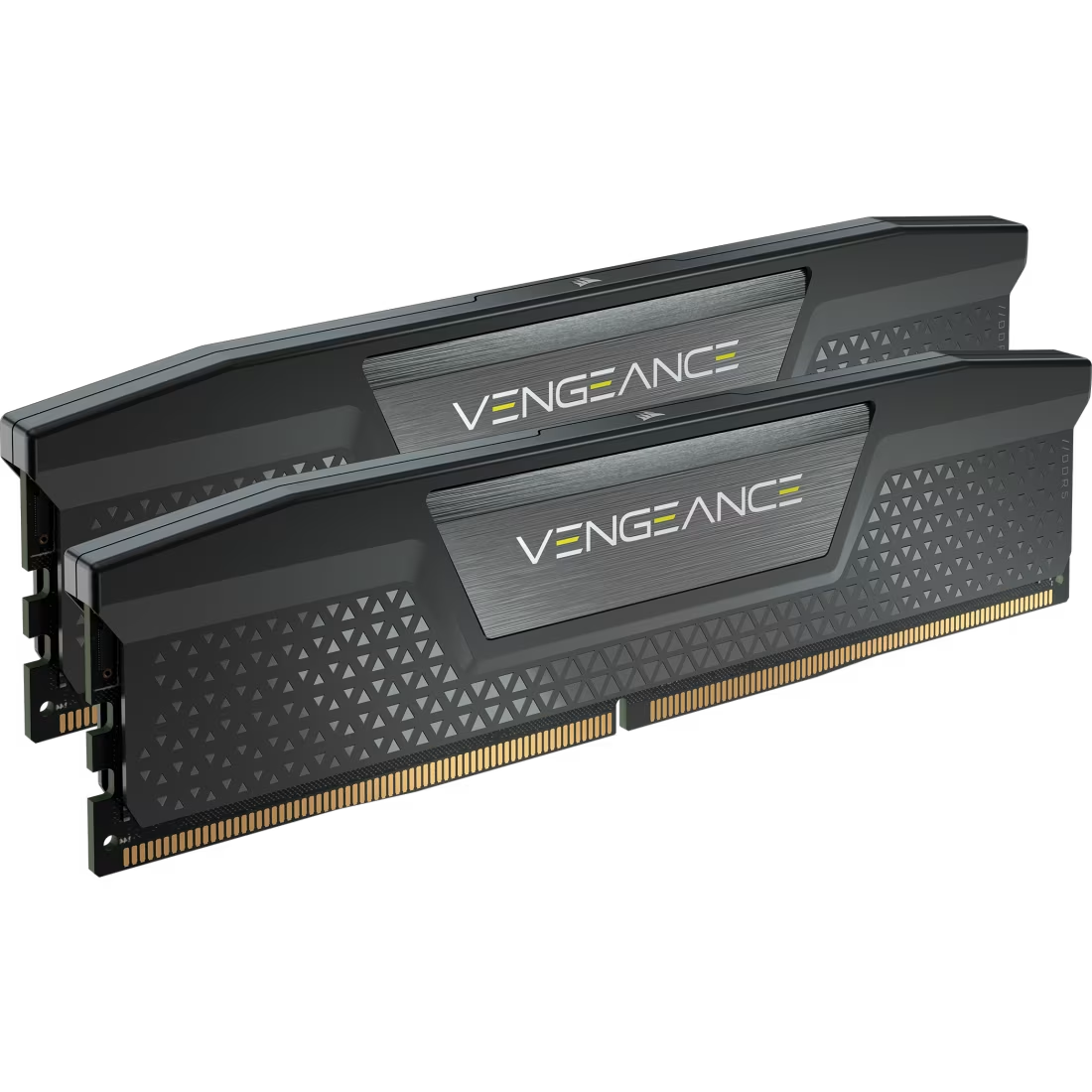
Whether you’re assembling a new rig or boosting your current setup’s memory, we’ve rounded up the best RAM options available today. Upgrading your RAM might seem daunting with all the specs to consider, but rest assured—it’s simpler than it looks, especially for newer systems.
For a fresh build, picking RAM is as easy as aligning with your motherboard’s specs and capacity limits. If you’re upgrading, take stock of your existing RAM—how much is installed, how many slots are open, and whether you’ll need to swap out old sticks for new ones. No worries, though—we’ll guide you through the essentials and help you land the ideal RAM for your needs.
Best All-Around Choice

Photograph: Corsair
Corsair Vengeance RGB DDR5 RAM 32GB (2x16GB) 6400MHz
Having used Corsair Vengeance in numerous builds over the past decade, I’ve yet to encounter a hiccup. It’s dependable, reasonably priced, and versatile, ticking all the boxes for a solid memory pick. With various speeds and sizes available, this 32GB kit (2x16GB) suits most desktops without fussing over ultra-high speeds or tight clearances.
Best Budget Option
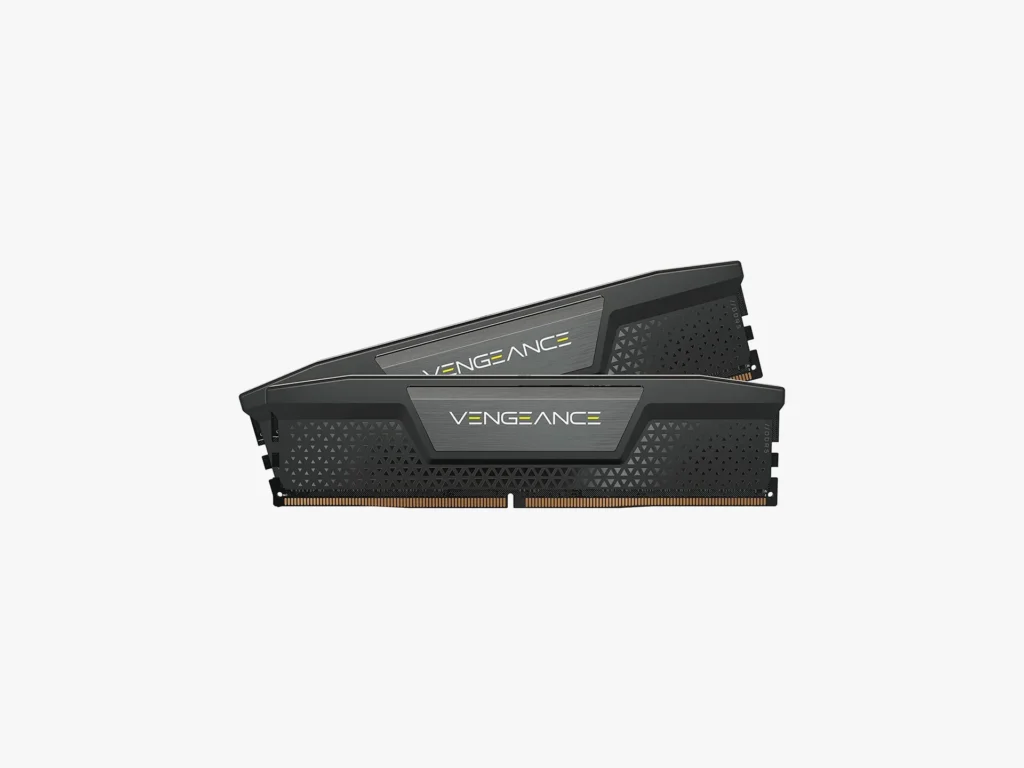
Photograph: Corsair
Corsair Vengeance DDR5 RAM 32GB (2x16GB) 6000MHz CL36
The non-RGB version of Corsair Vengeance takes the budget crown thanks to its sharp pricing, delivering the same performance as its flashier sibling. Typically, it shaves about $20 off the cost, though sales can flip the script—sometimes the RGB kit dips lower. At the $100-200 range, every dollar saved counts.
Top Premium RAM
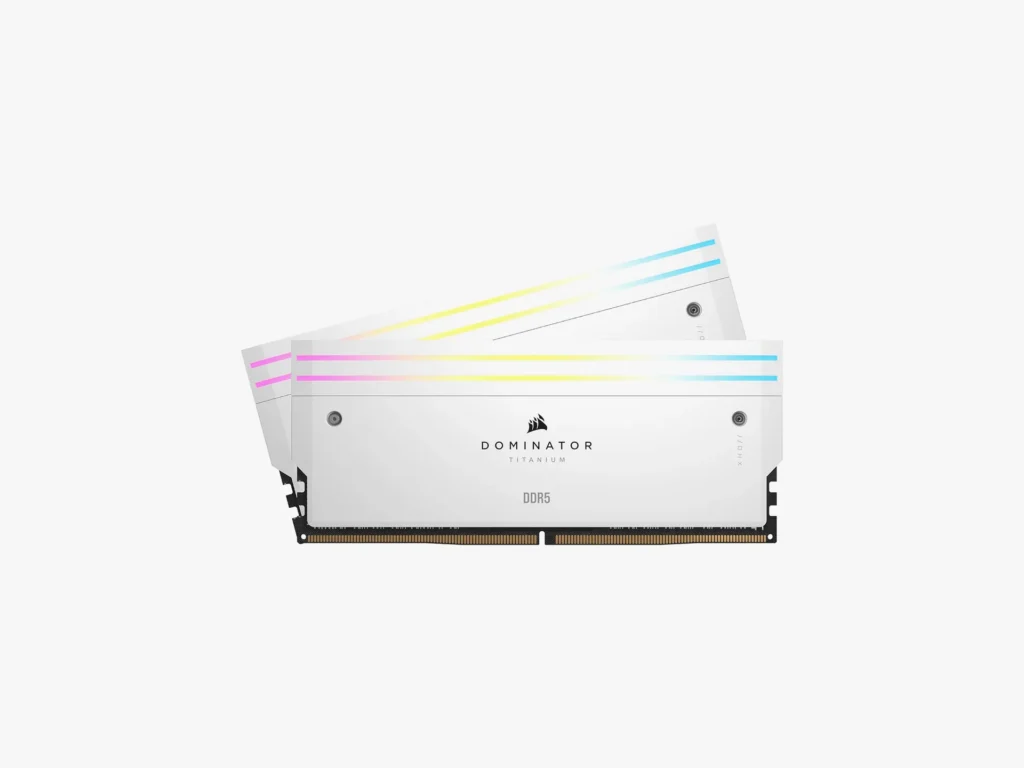
Photograph: Corsair
Corsair Dominator Titanium
Corsair’s elite offering, the Dominator Titanium, boasts die-cast aluminum heat-spreaders in black or white, topped with RGB LEDs. Speeds hit up to 7,000MHz for performance chasers, and Corsair’s iCUE software ties it all together with lighting, temp, and performance tracking. It’s overkill for most, but if you crave the best, this is your match.
Flashiest RAM

Photograph: G. Skill
G.Skill Trident Z5 Royal Neo
While the regular Trident Z5 sports a sleek LED bar, the Royal Neo goes bold with chunky crystal accents and a glowing underlight. Mirrored gold or silver finishes make it a standout for glitzy builds. Performance takes a slight backseat to style, but with looks this good, it’s hard to mind.
Best Laptop RAM
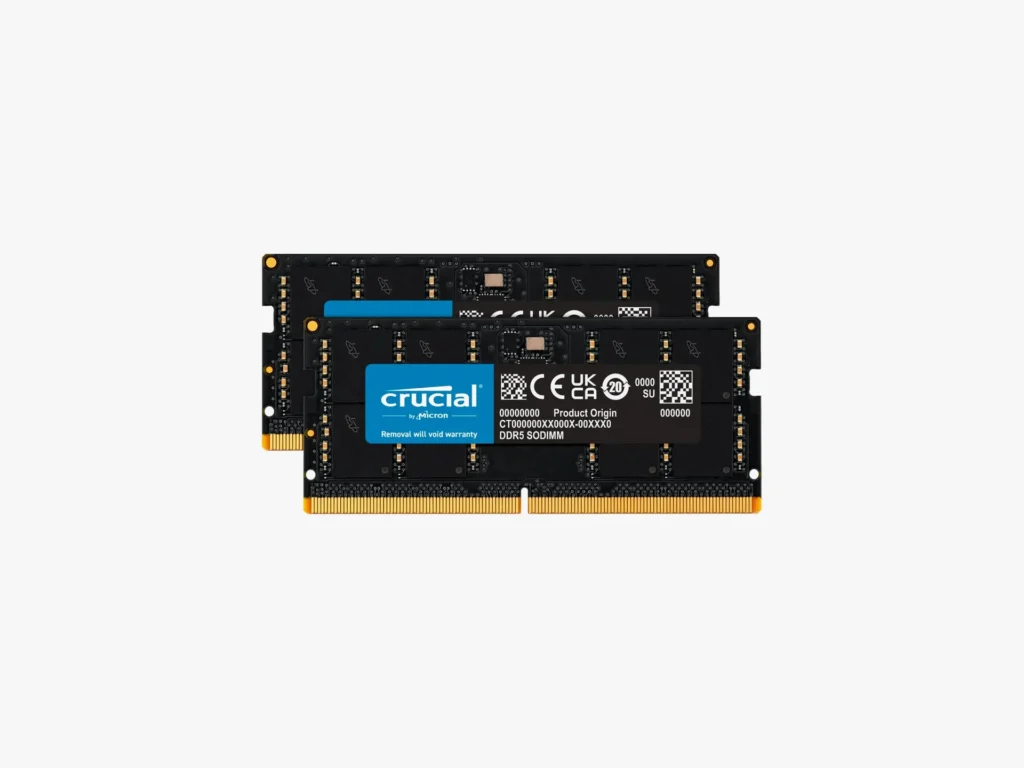
Photograph: Best Buy
Crucial RAM 32GB Kit (2x16GB) DDR5 5600MHz Laptop Memory
Laptops and compact PCs often use SODIMM RAM to fit snug spaces. Crucial’s straightforward 32GB kit is a go-to for upgrading or replacing laptop memory. With fewer bells and whistles like heat-spreaders or RGB, Crucial keeps it simple and offers sizes to match your system. Check your laptop’s manual first—some memory is soldered, and slot counts and capacities vary.
Best DDR4 Option
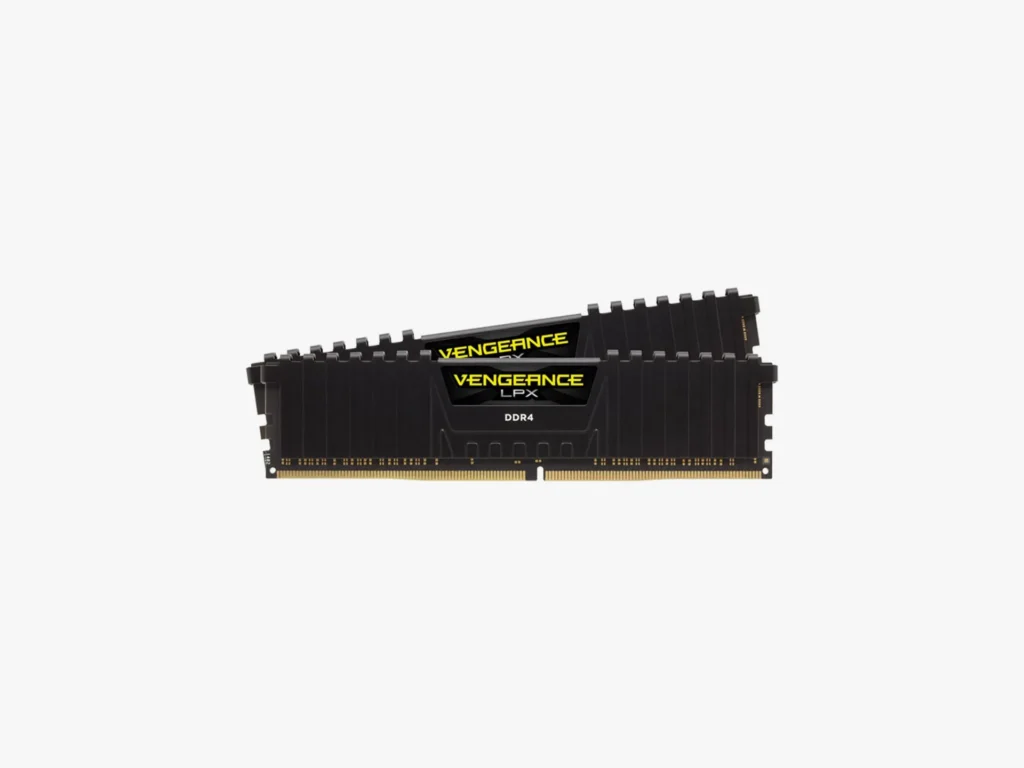
Photograph: Corsair
Corsair Vengeance LPX DDR4 RAM 64GB (2x32GB) 3200MHz
DDR5 dominates new builds, but DDR4 still shines for older systems or budget-conscious projects. At a lower cost than DDR5, this 64GB Corsair kit doubles the capacity of a typical 32GB DDR5 set for less. With DDR4’s days numbered, grabbing higher capacity now could future-proof your setup.
DDR4 vs. DDR5: What’s the Difference?
Two RAM standards coexist for now, with DDR4 fading as DDR5 takes over. Older systems likely need DDR4, while new builds call for DDR5—confirm with your motherboard, as they’re not interchangeable. Curious about the nitty-gritty? Look up a detailed DDR4 vs. DDR5 breakdown.
How Much RAM Do You Need?
After picking DDR4 or DDR5, decide on capacity. For more than basic browsing and streaming, 32GB is a solid starting point. Most RAM comes in kits—like 2x16GB for 32GB—set up in dual-channel mode per your motherboard’s layout. Gamers might eye 64GB, but beyond that, you’re in niche territory.
Speed Matters
RAM speed, listed in MHz, is another key spec. DDR5 kicks off at 3,200MHz, though 6,000-6,400MHz is common for DIY builds. High-end kits push 8,000MHz, but most users won’t notice the difference. To hit advertised speeds, enable XMP (Intel) or EXPO (AMD) in your BIOS—check your motherboard guide for steps.
Latency Explained
CAS Latency (CL) measures how fast RAM accesses data—lower is quicker. DDR5’s higher clock speeds come with CL numbers like 28-30, up from DDR4’s 12-16. Don’t sweat it; the speed boost balances it out.
Fit and Compatibility Tips
A few extras to consider: RAM modules are mostly uniform, but tall heat-spreaders might clash with big CPU coolers. Capacity limits rarely trouble modern DIY boards, but older systems need a manual check. Desktop RAM is typically DIMM, while laptops use SODIMM—though some tiny PCs mix it up.
